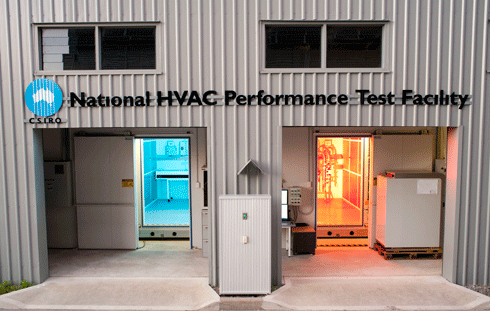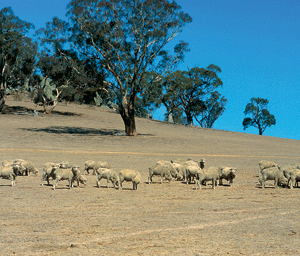
|
Published: 21 November 2011
New aircon test facility to judge star performance
How can you know if your air conditioner delivers the energy-savings promised by its star-rating on the label?
CSIRO engineers have designed and commissioned a state-of-the-art air conditioner test facility to evaluate the electrical, cooling and heating performance of conventional and solar-powered systems.
The National Heating Ventilation & Air Conditioning (HVAC) Performance Test Facility, located at Newcastle NSW, can simulate climate conditions from Hobart winters to tropical summers in Darwin.
Solar cooling research leader, Dr Stephen White, says the facility will greatly enhance Australia’s capability to perform ratings and Minimum Energy Performance (MEPS) testing of new and existing products on the Australian market.
‘For the large number of HVAC systems available in the Australian market, only a few test facilities exist to validate manufacturer’s claims regarding the thermal and electrical performance of their product,’ he said.
The facility expands Australia’s capacity to undertake spot-checks on existing products as well as validate new products, giving accurate information that can eventually be used for product labelling.
‘It offers industry new resources to develop innovative products, test new product assembly combinations or undertake specific tests on novel and conventional air conditioning systems,’ added Dr White.
‘Consumers are also winners because they will be able to have accurate information they can rely on to assist in making better purchase choices.’
Nearly three-quarters of Australian households have air conditioners, while heating, cooling and ventilation accounts for up to 40 per cent of business energy bills.
Air conditioning contributes significantly to peak-load pressure on the electricity network and is driving the demand for infrastructure upgrades.
As part of its integrated approach to helping Australia transition to a low-emission, prosperous energy future, CSIRO is developing innovative and cost-effective solar cooling technologies using this facility, to cut emissions and reduce seasonal peak loads.
Source: CSIRO




